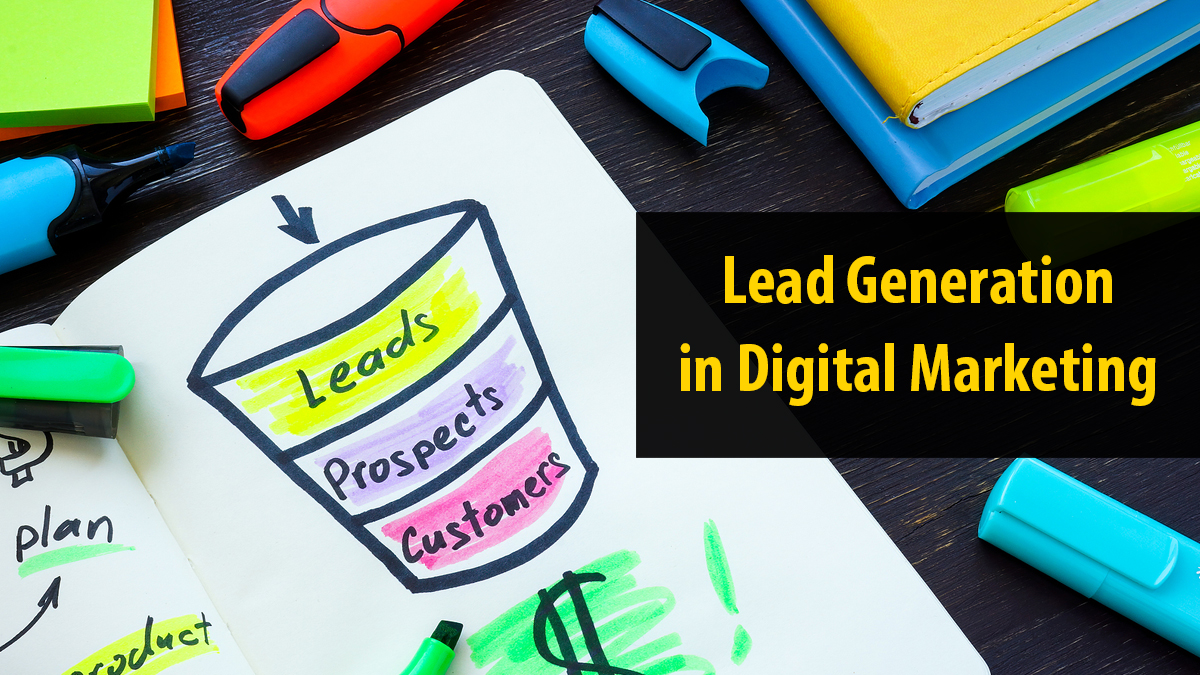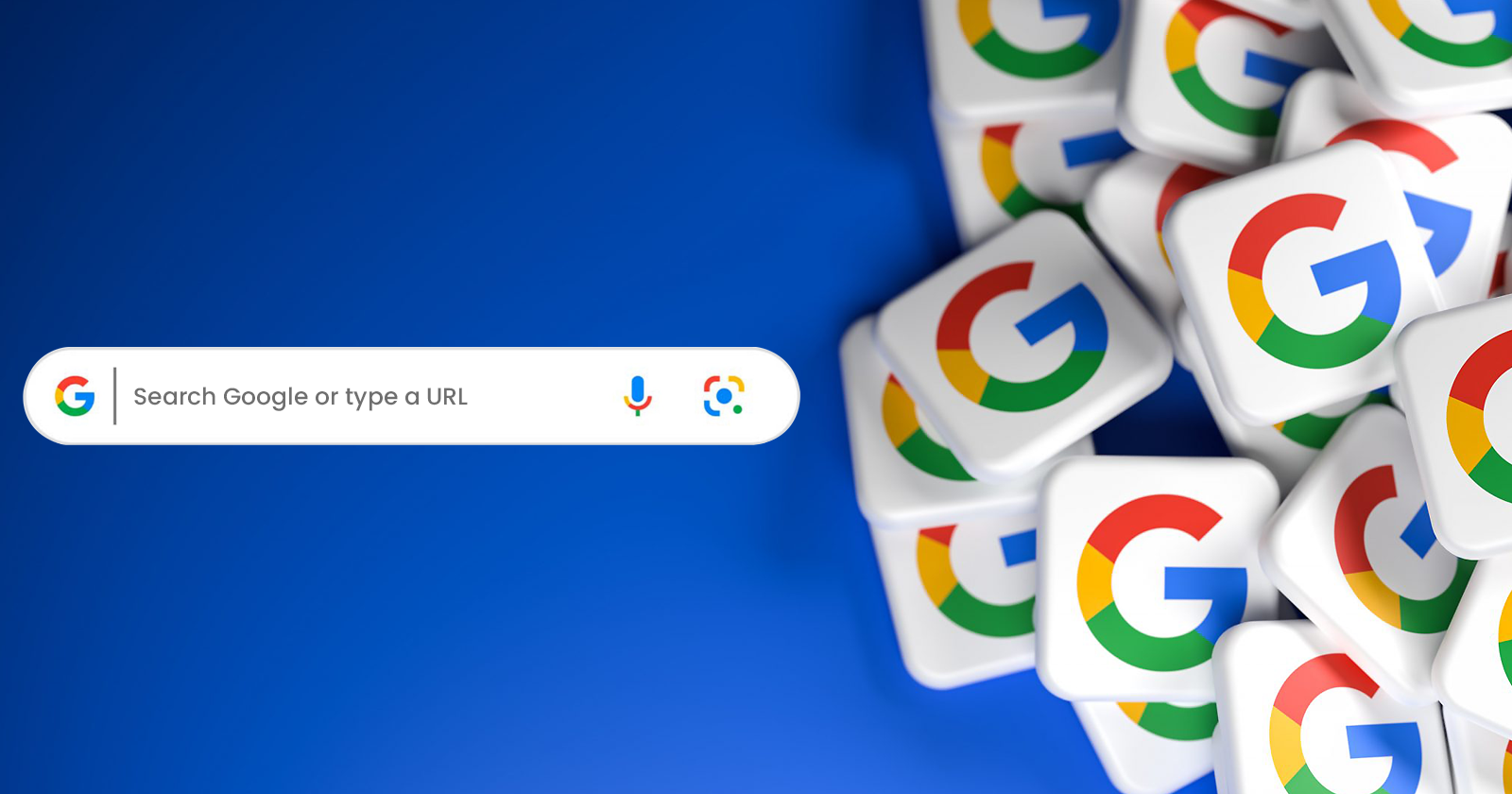Have you ever found yourself scrolling through your social media feeds and coming across an ad for a product or service that piqued your interest? Did you click on the ad, visited the company’s website, and even considered making a purchase? Congratulations! You have just been successfully targeted as a potential lead by a digital marketing campaign. In today’s world, businesses are increasingly turning to digital marketing as a way to reach and engage with their target audience. And at the heart of any successful digital marketing strategy is lead generation. But what exactly is lead generation, and how does it work in the digital space? In this post, we will delve into the details of lead generation in digital marketing, exploring the strategies, tools, and tactics that businesses use to attract and convert potential customers.
What Is A Lead?
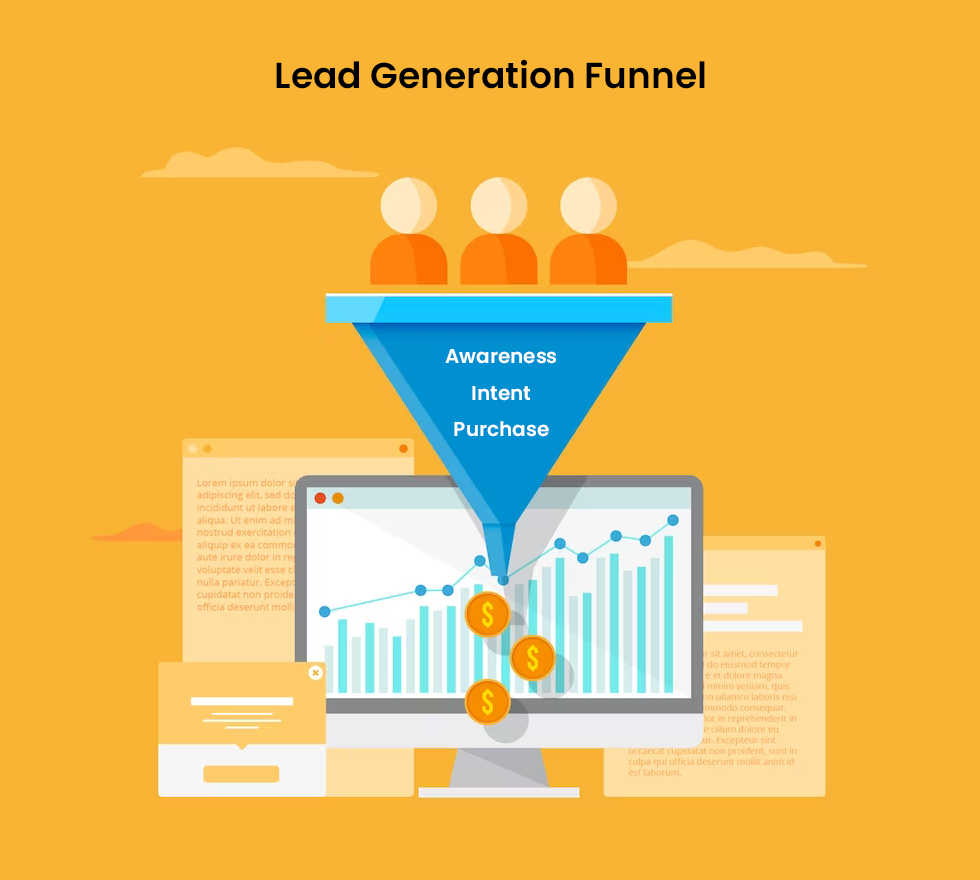
When it comes to digital marketing, a lead refers to a person who has shown interest in a product or service being offered by a business. This interest can be expressed in various ways, such as filling out a contact form on a website, subscribing to a newsletter, or following a company’s social media page.
Essentially, a lead is a potential customer who has provided their contact information, and who can be further targeted by a business’s marketing efforts. The goal of lead generation is to capture the attention of potential customers, build relationships with them, and ultimately convert them into paying customers. However, not all leads are created equal, and it is important for businesses to distinguish between high-quality leads that are more likely to convert, and low-quality leads that may not be worth pursuing.
Why Do Businesses Need Leads?
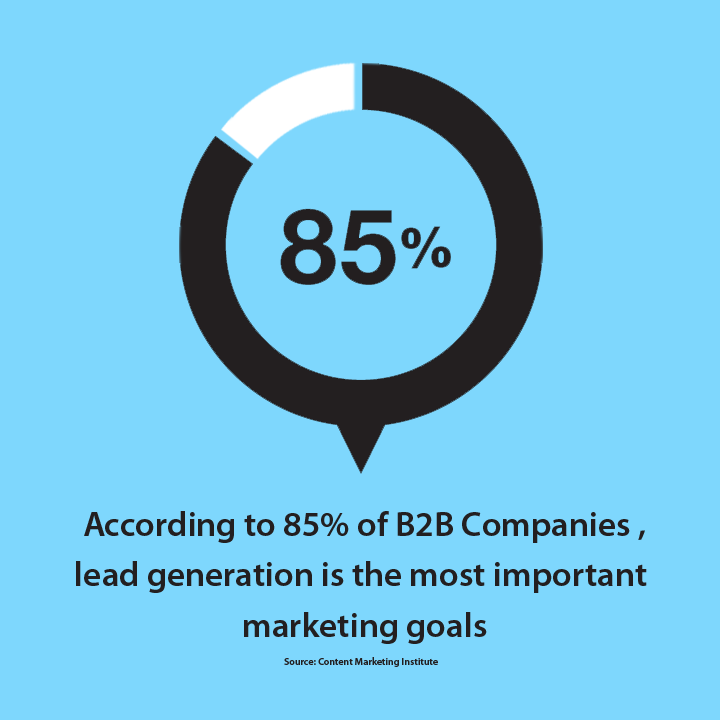
Businesses need leads because they are the lifeblood of any successful sales and marketing strategy. Without leads, businesses would have no one to sell their products or services to, and would struggle to generate revenue and grow their customer base. By attracting and nurturing potential customers, businesses can build relationships with them, educate them about their products or services, and ultimately persuade them to make a purchase.
In the digital age, businesses have access to a vast array of tools and channels to reach potential customers, from social media advertising and email marketing to search engine optimization and content marketing. However, in order to make the most of these channels, businesses need to have a robust lead generation strategy in place that enables them to identify, target, and convert potential customers effectively. In short, leads are essential to the success and growth of any business, and businesses that fail to prioritize lead generation risk falling behind their competitors.
SEO services can help with lead generation by improving a website’s visibility and ranking on search engine results pages, making it easier for potential customers to find and engage with the business. By optimizing a website’s content, structure, and keywords for search engines, businesses can attract high-quality organic traffic and generate more leads.
What is the role of lead generation?
Lead generation plays a crucial role in the success of a business’s online marketing efforts. At its core, lead generation is about identifying and cultivating potential customers or clients who have expressed interest in a business’s products or services.
Through various online channels such as social media, email marketing, landing pages, and search engines, businesses can attract and capture the attention of prospects and encourage them to take the next step towards becoming a customer or client.
One of the primary benefits of lead generation is that it allows businesses to focus their efforts and resources on the most promising prospects. In addition, by identifying and nurturing leads who have already shown interest in a business’s offerings, businesses can increase their chances of making sales or conversions and reduce their customer acquisition costs.
In addition, lead generation can help businesses to build stronger relationships with their prospects and customers. By providing valuable and relevant content and personalized interactions, businesses can establish trust and credibility and position themselves as experts in their industry.
Moreover, lead generation can provide businesses with valuable data and insights about their prospects’ behavior and preferences. By analyzing and tracking metrics such as website traffic, click-through rates, and conversion rates, businesses can identify patterns and trends and adjust their strategy accordingly.
Overall, lead generation is a critical component of a successful online marketing strategy. By utilizing various tactics and strategies, businesses can attract and cultivate potential customers or clients and improve their chances of making sales or conversions. In addition, by tracking and analyzing data and continuously adjusting their approach, businesses can optimize their lead generation efforts and achieve long-term growth and success.
Focus Areas for Lead Generation
B2B Lead Generation
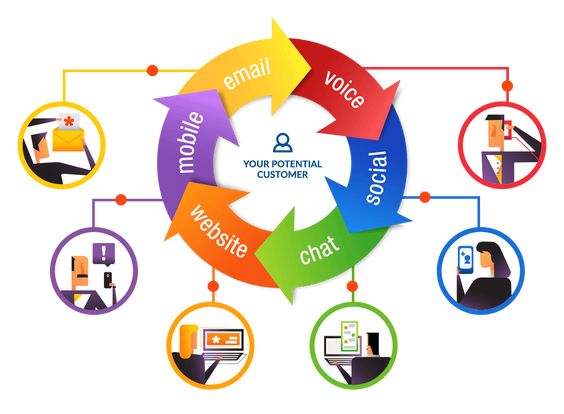
Source: Pinterest
Lead generation for businesses is an essential aspect of the sales process. It’s also known as B2B Lead Generation, and it’s described as actions that bring in new leads (prospects) into your sales funnel that are prospective customers of your products or services.
B2B Lead Generation improves lead quality and quantity by identifying who is seeking to switch suppliers, acquire extra items, sign up for a trial, and so on.
B2C Lead Generation
The process of marketing to ultimate consumers is known as B2C Lead Generation. Businesses want significant numbers of high-quality leads from multiple sources (such as search, social media, and referrals) that meet particular criteria or give precise details for B2C Lead Generation.
The more leads you have, the faster you can act on them, allowing marketers to move prospects through their sales funnel at a faster rate.
Businesses may do this through lead generation, which is frequently accomplished through inbound marketing and then maintained through automated lead nurturing and engagement technologies.
Also, Read: Top 10 Lead Generation Tools in the Digital Space!
Nurturing Leads Through Digital Marketing
Lead nurturing provides a more tailored experience to your leads as they progress through the funnel. However, it should not be confined to simply converting them into a sale.
This may be accomplished through writing to position oneself as an authority in your subject or by utilizing social media marketing to sustain interaction.
The power of digital is that it allows you to track the conduct of your consumers. You may then utilize the information gathered to further define your clients’ requirements and target them. Marketers may also use digital technologies to assess their clients’ interactions, giving them a better grasp of their wants and interests.
What Are Different Types of Leads?
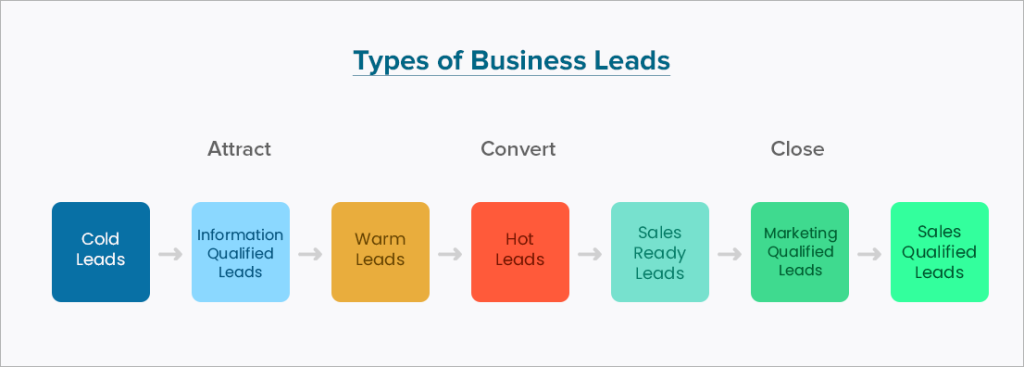
Not all leads are created equal. In addition, several sorts of leads appear differently across your organization; therefore, it is vital to have a strategy for each.
Marketing Qualified Leads (MQL)
Marketing-qualified leads are contacts that have interacted with your marketing assets but have yet to be quite ready to call you for a sales call. A Marketing Qualified Lead is someone who has filled out a form on your landing page to claim an offer, such as 10% off or a 30-day free trial.
Sales Qualified Leads (SQL)
A Sales Qualified Lead is someone who has filled out a form on your website to ask about your product(s) or service. Contacts who have taken action are considered sales-qualified leads. This refers to consumers who have expressed a strong desire to become customers of your company.
Service Qualified Leads
Service-qualified leads can be categorized as the contacts or customers who have expressed an interest in becoming paying customers of your customer service team. An excellent example of this would be a prospect who tells your customer service department that they’d like to upgrade their current subscription with you.
At this moment, the customer service representative would connect this customer to the appropriate account manager or sales team representative.
Product Qualified Leads (PQL)
Product Qualified Leads are contacts who have physically used your product(s) and performed actions indicating a significant interest in becoming a paying client.
Companies who offer an experience or digital product trial, such as a 14-day free trial of your software or a 10-day VIP ticket to your website’s discounted section, may readily acquire these leads.
A Qualified Product Lead might be a consumer that utilizes your free version of your product but often inquires about features that are only available with purchase.
Lead Generation Goals in Digital Marketing
Lead generation may be divided into core groups of marketing activities that correspond to the customer’s purchasing path, with the goal of;
- Increase visitors to the company’s website.
- Those website visitors can be converted into leads.
- Convert leads into paying consumers.
Leads may be generated through digital marketing in a variety of methods. This might be through contact forms, someone seeing your brand, hearing positive comments and social media mentions, or subscribing to your newsletter.
Various Lead Generation Marketing Methods
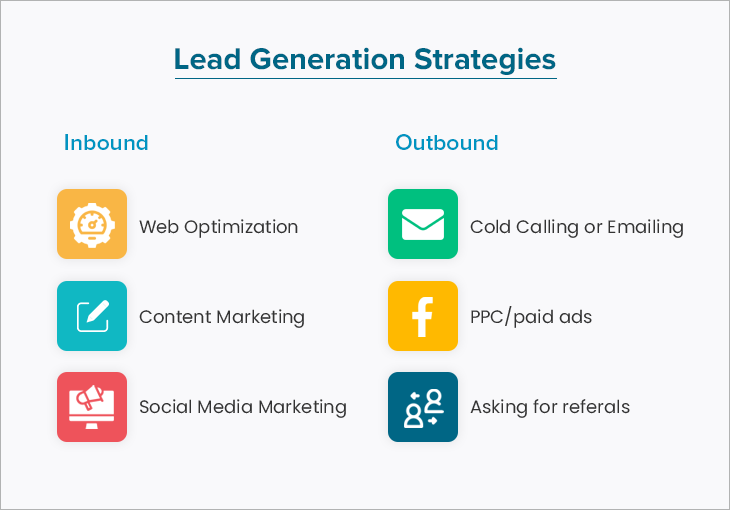
Market your landing page through multiple means to increase traffic and create leads. (s). The front end of this process is lead-generating marketing.
Let’s go over these elements in depth, as well as touch on a few additional points.
Creating Content
Including CTAs in your content is a terrific method to direct readers to your landing page.
Typically, you write content that delivers free information to users and includes CTAs throughout the post.
Increase your audience’s enjoyment with your content to increase their chances of clicking on your call-to-action and on to the next section of your landing page.
Email Marketing
Email campaigns may be used to reach known contacts and give them something of interest. Sending email campaigns is an excellent approach to reaching out to people you already know and who are interested in what you have to offer.
You’ll want to utilize calls-to-action that pique your audience’s interest, so think about using captivating content and eye-catching graphics on your CTA buttons.
Paid Advertising / Remarketing
The main objective of an advertisement is to elicit a desired action from viewers.
The landing page and offer on the site must correspond to what is advertised in the video, and consumers must understand precisely what has to be done. Unfortunately, marketers frequently spend a lot of money on an advertisement and then fail to account for what occurs next.
Ad text is only practical if consumers perform the intended action.
Social Media Marketing
For marketers trying to urge customers to take action, social media networks provide a range of possibilities. For example, you may promote your items via social shares, insert a call-to-action in your posts, and make links that can be clicked on from an Instagram story or a Facebook profile.
These are just a few of the options available.
Because social media platforms make it simple to direct followers to take action, you should advertise your offers in social postings.
Here are some of the possibilities:
- when a user swipes up in Instagram stories
- while utilizing Bitly links or
- mentioning it upfront in Twitter captions by declaring, “Follow us for deals.”
Why is Lead Generation so Important in Digital Marketing?
Customers are required for your business to develop. Customers are attracted by marketing and advertising. This is accomplished through digital advertisements or word-of-mouth on social media.
Once a lead is created, it is often forwarded to the sales team, who will nurture the connection and ideally turn it into a purchasing client.
There are many ways to accomplish this. Still, it’s essential to have a solid and dependable system in place to properly monitor things and evaluate what works best in your sales funnel.
It is now possible to reach a larger audience through social media advertising by utilizing the most recent technological advancements to spot trends and study client behaviors. However, because of improvements in data analysis technologies, it has always been challenging for businesses to target their potential clients with social media advertisements.
Getting Started with Lead Generation for Your Business?
We don’t want you to miss out on anything, so here’s a brief checklist of ways you can get started right away:
- Simple local SEO.
- Claim and enhance your free Google My Business directory listing.
- Frequently update your website/blog with new information.
- Guest posts on industry-related websites.
- Participate in social media.
- The place paid search advertising.
- Create social media advertisements.
- Utilize native advertising.
- Create a referral network.
Much has changed in the marketing sector over the years. Customers that visit a company’s website and have access to a multitude of information on the internet are more knowledgeable than they were previously.
Customers are better educated than in the past. Customers are wiser and have more competition for their money now that you can obtain information about a firm with the press of a mouse.
Regular and High Quality Content Is Required
Consistently producing high-quality content is one of the most effective strategies to get leads through digital marketing.
Suppose you want potential consumers or purchasers to be able to participate in what you’re about. In that case, you should regularly update material on your website and social media platforms. Because people purchase from individuals, it is critical to begin conveying your USP as soon as feasible.
What problem does your product or service solve? How do you add value? And, more crucially, how can you convey that via the internet using words and images?
This is your opportunity to exhibit your talents and competence in this sector.
Start measuring who interacts with your material on social media, blogs, and emails to get the most out of them. From there, you can figure out what topics individuals are interested in and engage with them more effectively online.
Organic Lead Generation
Talk to a digital marketing expert, and they will vouch for SEO as one the most effective strategies for promoting your business. Why? Because it provides long-term advantages.
SEO is the most effective resource for generating business leads, followed closely by email marketing and social media.
Use the Right Tools
Have your lead generation efforts stalled? It may be time to purchase new software or upgrade an existing one.
We’ve seen a lot of businesses like yours, and we know what it takes to increase the success percentage of a campaign. Customer information collection is equally as vital as increasing traffic to a website or social media page.
There are hundreds of lead generation tools to pick from in today’s world. Some are better developed than others, but they no longer give the same ROI as they previously did, owing to overdone tactics and a lack of innovation.
Conclusion
Lead generation is a critical aspect of any successful digital marketing strategy. By identifying and cultivating potential customers, businesses can build valuable relationships, increase brand awareness, and ultimately drive revenue growth. While there are many different tactics and techniques that businesses can use to generate leads, the key is to focus on creating high-quality, valuable content that speaks directly to the needs and pain points of their target audience.
By leveraging the power of digital channels such as social media, email, and search engines, businesses can attract and convert potential customers, and stay ahead of their competition. However, it is important to remember that lead generation is an ongoing process that requires constant refinement and optimization. By tracking key metrics, testing new strategies, and continually analyzing and adapting their approach, businesses can stay ahead of the curve and build a strong, sustainable pipeline of leads for years to come.
FAQs
What is lead generation in digital marketing?
Lead generation in digital marketing refers to identifying and cultivating potential customers or clients for a business’s products or services through various online channels such as social media, email marketing, landing pages, and search engines.
Why is lead generation important in digital marketing?
Lead generation is essential in digital marketing because it helps businesses to create a steady stream of potential customers or clients who have expressed interest in their products or services. This, in turn, allows businesses to focus their efforts on the most promising prospects and increase their chances of making sales or conversions.
What are some common strategies for lead generation in digital marketing?
There are several strategies businesses can use for lead generation in digital marketing. Some of the most common ones include creating valuable and engaging content, optimizing landing pages and forms, using email marketing and social media to reach potential customers, and utilizing search engine optimization (SEO) to improve visibility and attract more traffic to their website.
How can businesses measure the effectiveness of their lead-generation efforts?
To measure the effectiveness of their lead generation efforts, businesses can track and analyze various metrics such as website traffic, click-through rates, conversion rates, and customer acquisition costs. This can help them identify which channels and tactics are most effective and adjust their strategy accordingly.
What is the role of marketing automation in lead generation?
Marketing automation can play a crucial role in lead generation by automating repetitive tasks and workflows, such as email campaigns and lead scoring, and by providing businesses with valuable data and insights about their prospects’ behavior and preferences.
What are some best practices for lead generation in digital marketing?
Some best practices for lead generation in digital marketing include creating high-quality and targeted content, optimizing landing pages and forms for conversions, using clear and compelling calls-to-action (CTAs), utilizing A/B testing to optimize performance, and nurturing leads through personalized and relevant email campaigns.
How can businesses ensure that their lead generation efforts are GDPR compliant?
To ensure that their lead generation efforts are GDPR compliant, businesses need to obtain explicit consent from their prospects before collecting and using their data, provide clear and concise privacy policies, and allow users to opt out or request the deletion of their data quickly. Additionally, businesses should regularly review and update their data protection policies and procedures to ensure ongoing compliance with GDPR.
How can businesses improve their lead conversion rates?
To improve their lead conversion rates, businesses can focus on optimizing their landing pages and forms, creating targeted and personalized content, using effective CTAs, and nurturing leads through targeted and relevant email campaigns. Additionally, businesses can analyze and track their lead data to identify patterns and trends and adjust their strategy accordingly.
